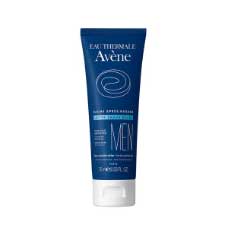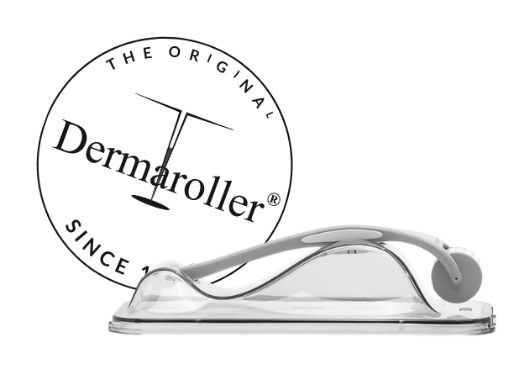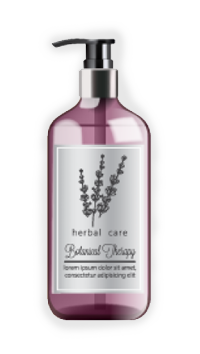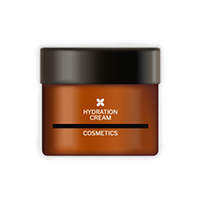.png) Facial harmonisation is a trend that’s catapulted in popularity in 2025. We’ve seen people analysing their ratios within an inch of their lives, and some injectors making ‘harmonisation’ or 'face design' as it's also known, their signature treatment.
Facial harmonisation is a trend that’s catapulted in popularity in 2025. We’ve seen people analysing their ratios within an inch of their lives, and some injectors making ‘harmonisation’ or 'face design' as it's also known, their signature treatment.Although it has its place, facial harmonisation isn’t a trend to hop on board without considering its downsides and controversies. Here’s everything you need to know about the treatment.
What is facial harmonisation?
Facial harmonisation is a technique which involves “considering the interplay of all facial features rather than isolating single areas for enhancement,” explains EV Expert and Aesthetic Doctor, Dr Emmaline Ashley (who has a paper coming out on this exact topic). It takes into account your entire face and uses injectables like botulinum toxin and dermal filler to add ‘balance’ and proportion to the face as a whole.“Dermal fillers are commonly used to reintroduce volume where it has been lost due to bone resorption or fat pad descent, particularly in areas like the cheeks, temples, jawline, and chin,” explains Dr Ashley. These treatments are to help re-establish contour and support of the facial structures. Superficial treatments such as the popular skin boosters and polynucleotides, are often used for hydration. "Other treatments such as bio stimulators (eg. Sculptra) are increasingly used to stimulate collagen production over time, adding subtle lift and firmness.”
The pros of facial harmonisation
One of the main reasons people opt for facial harmonisation is because of its ‘natural-looking’ results. In addition, Dr Ashley notes that this approach is far more personalised to each individual, rather than using a single technique for each person, which won’t yield the best results.“This method allows for personalisation so that a holistic treatment plan can be tailored to an individual. Instead of focusing on one area in isolation, injectors can assess each individual’s unique facial structure, expressions, and proportions, tailoring interventions to create a harmonious result that still looks like them,” she explains. “It’s about enhancing, not altering, one’s appearance.”
Aesthetic Doctor and EV Expert Dr Ahmed El Muntasar echoes: “This method considers the face as a whole, creating symmetry and proportion that enhances a person’s natural features without looking overdone. When only one area is treated, it can sometimes appear out of sync with the rest of the face.”
The downsides of facial harmonisation
There are two major downsides to facial harmonisation. The first is that when it comes to the practicalities of the trend, many experts worry that it risks over-treatment. “One potential downside of facial harmonisation is the temptation to over-treat or seek symmetry that may not be necessary, or even desirable. Our faces are inherently asymmetrical, and minor variations are part of what makes us recognisable and unique,” Dr Ashley says.Dr Ashley recalls patients she’s had come to see her after overcomplicated injectable plans—often falling under the trend of facial harmonisation as we see it on social media. “They relayed that they had felt a bit overwhelmed or even made to feel insecure when told they had to treat multiple different areas at once, as if the clinician were suddenly pointing out these ‘flaws’ that they didn’t perceive themselves,” she explains.
The second, and most crucial downside to facial harmonisation is the perpetuation of eurocentric ideals of beauty. Interrogating what features we’re highlighting as ‘ideals’ is necessary to the conversation.
“Much of our traditional aesthetic training has been shaped by western ideals of beauty—things like the golden ratio, or specific proportions based on European features,” Dr Ashley explains. “These frameworks have historically been used as the default reference points, but they do not necessarily reflect the diversity of global beauty standards.” Taking this into consideration, using facial harmonisation “risks reinforcing narrow, Eurocentric definitions of beauty,” she adds.
Therefore, the danger of harmonisation isn’t in considering the proportions of the face as a whole (Dr Ashley says that this can be a valuable tool), but instead applying these universally. “Ultimately, facial dimensions, ratios, and structures vary across ethnicities, and these differences must be acknowledged to create results that are harmonious and undetectable,” explains Dr El Muntasar. “A tailored approach ensures that beauty enhancements respect and enhance an individual’s natural features rather than conforming to a singular standard.”
Facial harmonisation can be valuable for people who are interested in injectables to freshen up their face and highlight their natural features, with a practitioner's input and expertise in facial symmetry. “By centering the patient’s perspective and respecting the diversity of facial forms, we can use harmonisation techniques to enhance identity, not erase it,” Dr Ashley adds.
Ultimately, your practitioner should always take your facial balance and features into account when approaching injectables, therefore facial harmonisation is often at play at many appointments, it’s just not labelled as such.

 Added to basket
Added to basket

 Unapplied Changes
Unapplied Changes



















